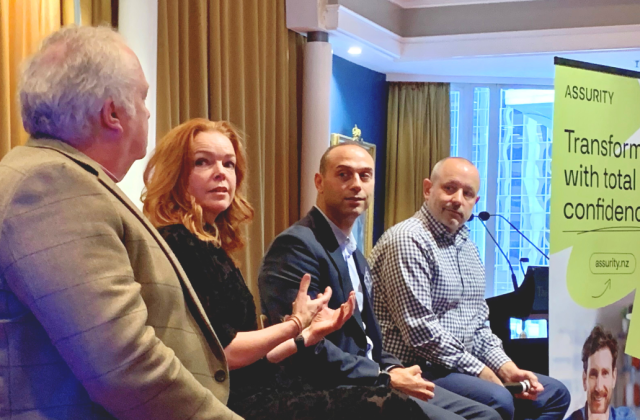Date: 09 January 2024
We conducted a webinar where our subject matter experts delved into real-world examples of 'Request For' (RFx) scenarios. Throughout the session, we explored relevant tools, techniques, and activities designed to empower teams in effectively engaging and confidently evaluating responses.
To download a copy of the transcript, please click here.
To watch the recording of the webinar, please click here.
Below are some key excerpts from the webinar:
[4 min 19 seconds]
1st – Clarify your business context
Clarifying business context
- the timing of going to market,
- the direction of your business, and,
- myth-busting that we’re sure won’t be news to you, and,
- establishing a structure to create clarity and ease for respondents AND make it easier for your business stakeholders to assess and compare responses.
A common mistake is to go to market under-prepared with insufficient context, or worse with too much information that creates confusion. This can prove costly in the long run.
[30 min 16 seconds]
2nd – Assumptions matter
The fewer assumptions that the vendor has to make, the better, more “on point” of a response you should get.
Assumptions
- will bite and they will cost.
- by reducing, removing, or creating room for these to show up clearly will result in greater confidence – for your market, for your business, and for your ability to confidently assess and compare more complete responses.
How can you reduce the number or breadth of assumptions in your market request?
Clarity, transparency, and alignment are key:
- Agree/align your business priorities
- Know and document your knowledge anchors
- Know the sweet spot of detail
[1 hour 3 seconds]
3rd – Partnering – Roles & Responsibilities
- Get clear on WHAT you want from your market engagement
- BUILD knowledge anchors to reduce assumptions and create ease for decision-making
- Make it easy for PEOPLE to engage
- Understand YOUR role and responsibility
[1 hour 22 min]
What would you say are the top three must-do’s when developing successful recipes?
- make sure your investment stakeholders are on the same page
- take a little time to create your business domain (concept) models because that will very quickly highlight the unique attributes of your business that the market needs to understand
- from your business perspective, be very, very clear on the role and responsibility you will take. This will help ensure that whatever partnership you end up in, you are clear on the work you need to do as part of that responsibility.












